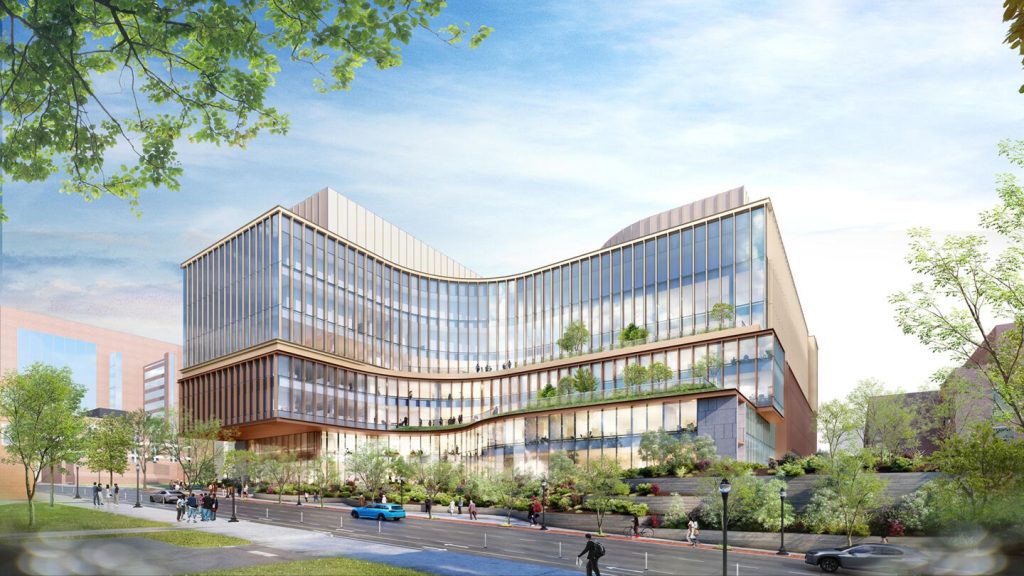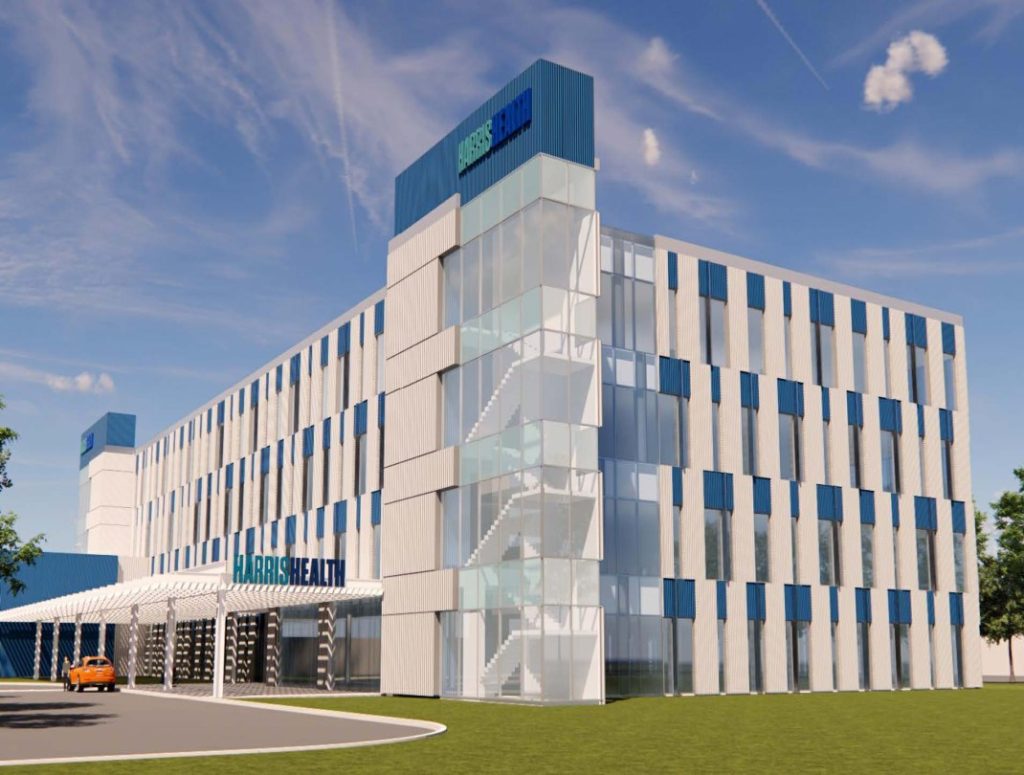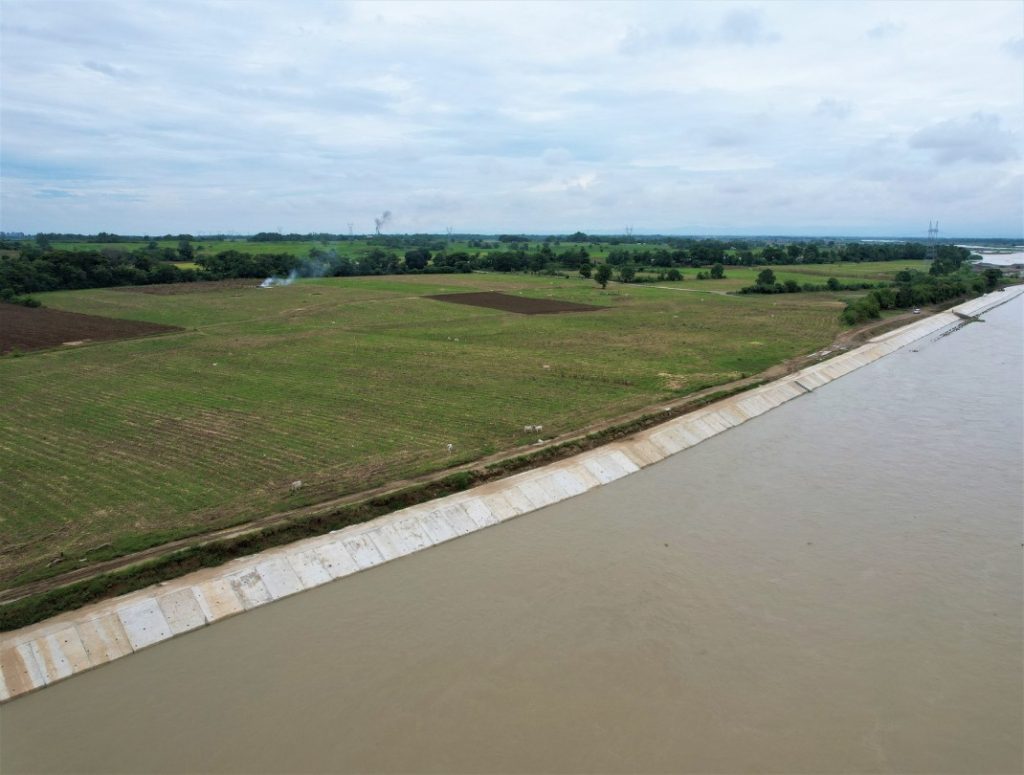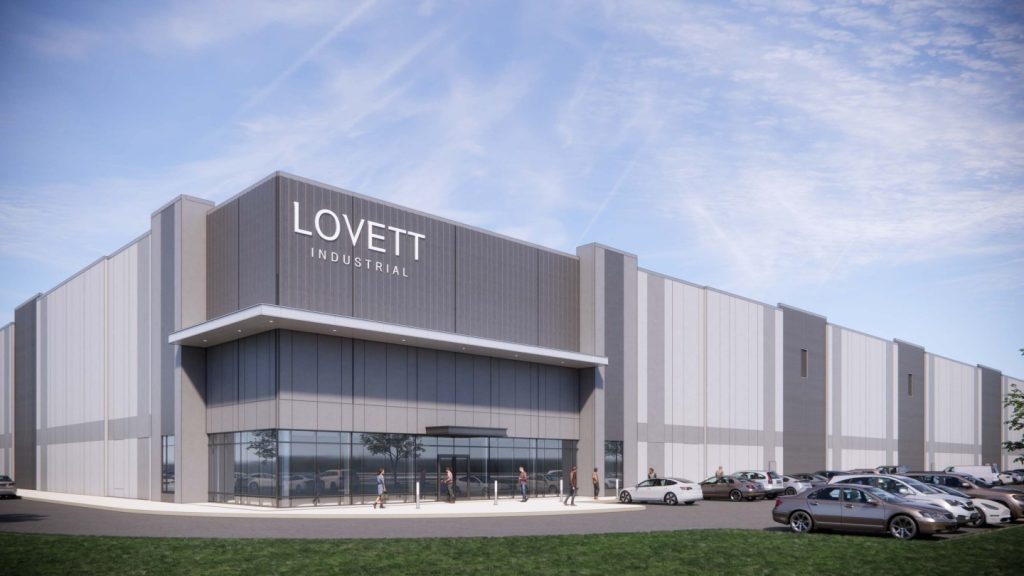The latest designs for the Johns Hopkins Life Sciences Building have been presented to the US' Baltimore City Urban Design & Architecture Advisory Panel.
The new facility, situated on the East Baltimore medical campus, is designed to become a collaborative, technology-driven hub for fundamental biomedical science.
This initiative brings together expertise from across Johns Hopkins divisions, including the School of Medicine, Bloomberg School of Public Health, Krieger School of Arts and Sciences, School of Nursing, and Whiting School of Engineering.
The building's design, a collaborative effort between Johns Hopkins architecture and planning staff and architect Payette, aims to foster basic research essential for advances in modern medicine.
The site, located at the corner of Monument Street and Broadway, will replace ageing structures and occupy the former sites of Hampton House, Reed Hall, and the Denton A. Cooley Center within the current campus footprint.
The Life Sciences Building will serve as a new ecosystem for foundational research, integrating rapidly advancing technologies in imaging, AI, and genetics.
Spanning approximately 500,000 gross square feet, the six-floor structure will feature lab and convening space, forming the nucleus for six 'scientific neighbourhoods' and five 'technology hubs'.
These areas are designed to connect scientists in similar fields and maximise the potential of new scientific technologies.
Johns Hopkins Medicine CEO Theodore DeWeese said: “We are thrilled to advance our scientists' vision of creating research infrastructure designed to speed the pace of discovery and foster interdivisional collaboration across the university.
“This state-of-the-art facility will help ensure that Johns Hopkins University continues to set the standard of excellence in medical research.”
The Life Sciences Building will not only be a hub for faculty-led research but also serve as a home for hundreds of graduate students engaged in biomedical research.
The anticipated ground-breaking is set for mid-2025, with construction expected to continue through 2029.















